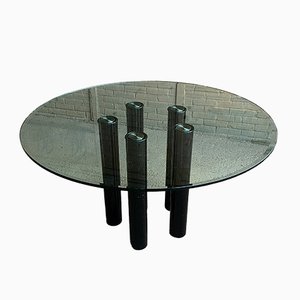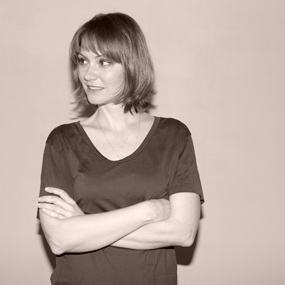We’re turned on by Walker Art Center’s celebration of 60s’ counterculture
Hippie Modernism
The recently opened exhibition Hippie Modernism at Minnapolis’s Walker Art Center caught our attention, not only with the delightful title but also with its titillating array of images documenting 60s-era radical material culture. From Jimi Hendrix to Archizoom, we just had to share.
Here’s a synopsis of what it’s all about:
This Walker-organized exhibition, assembled with the assistance of the Berkeley Art Museum/Pacific Film Archive, examines the intersections of art, architecture, and design with the counterculture of the 1960s and early 1970s. A time of great upheaval, this period witnessed a variety of radical experiments that challenged societal and professional expectations, overturned traditional hierarchies, explored new media and materials, and formed alternative communities and new ways of living and working together. During this key moment, many artists, architects, and designers individually and collectively began a search for a new kind of utopia, whether technological, ecological, or political, and with it offered a critique of the existing society.
Loosely organized around Timothy Leary’s famous mantra, “Turn On, Tune In, Drop Out,” Hippie Modernism: The Struggle for Utopia presents a broad range of art forms and artifacts of the era, including experimental furniture, alternative living structures, immersive and participatory media environments, alternative publishing and ephemera, and experimental film. Bringing into dramatic relief the limits of Western society’s progress, the exhibition explores one of the most vibrant and inventive periods of the not-too-distant past, one that still resonates within culture today.
If you find yourself in up that way, it’s on view through February 2016. It’s also set to travel to Cranbrook and Berkeley Art Museum in 2016 and 2017. Peace.
-
Text by
-
Wava Carpenter
After studying Design History, Wava has worn many hats in support of design culture: teaching design studies, curating exhibitions, overseeing commissions, organizing talks, writing articles—all of which informs her work now as Pamono’s Editor-in-Chief.
-
More to Love
Italian Modernist Wood Console Table

Vintage Sacco Beanbag in Turquoise by Piero Gatti for Zanotta

Servofumo Ashtay by Achille and Pier Giacomo Castiglioni for Zanotta, 1960s

Vintage Spluga Stool by Achille and Pier Giacomo Castiglioni for Zanotta

Vintage Birillo Bar Stools by Joe Colombo for Zanotta, Set of 4

Orchid Coffee Table by Massimo Morozzi for Archizoom, 1980s
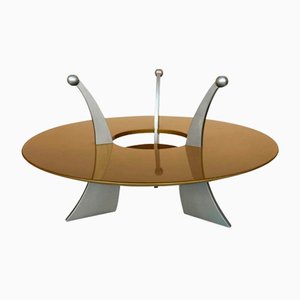
Vintage Italian Three Seater Sofa by Willie Landels for Zanotta
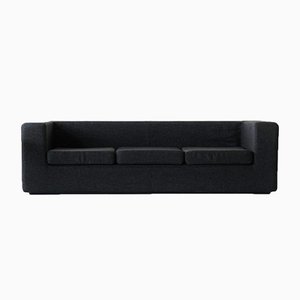
Red Flower Container by Ettore Sottsass for Poltronova, 1961

Italian Tecnika Desk by Ettore Sottsass for Poltronova, 1970s

Italian Karelia Lounge Chair by Liisi Beckmann for Zanotta, 1966

Reale Dining Table by Carlo Mollino for Zanotta, 1970s

Cena 2490 Dining Table by Achille Castiglioni for Zanotta, 1970s

Vintage Yellow Bistro Coffee Table by Joe Colombo for Zanotta

Vintage Cognac Leather Dining Chair by Andrea Branzi for Zanotta
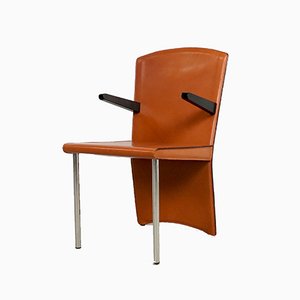
Vintage Rocking Chair by Gae Aulenti for Poltronova

Dining Table with Six Chairs by Marco Zanuso for Zanotta, 1979

Vintage Italian Armchairs from Poltronova, 1960s, Set of 2

Neolia Screen by Andrea Branzi for Zanotta Edizione, 1989

Vintage Inflatable Blow Chair by Lomazzi, d'Urbino & De Pas for Zanotta

Brillo Bar Stools by Joe Colombo for Zanotta, 1970, Set of 3
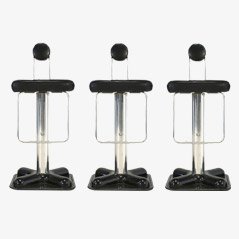
Zabro Table-Chair by Alessandro Mendini for Zanotta, 1984

Italian Karelia Lounge Chairs by Liisi Beckmann for Zanotta, 1960s, Set of 2
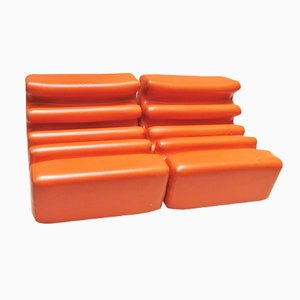
Italian Saratoga Sofa by Massimo and Lella Vignelli for Poltronova, 1985

Glass Dining Table by Marco Zanuso for Zanotta, 1979
